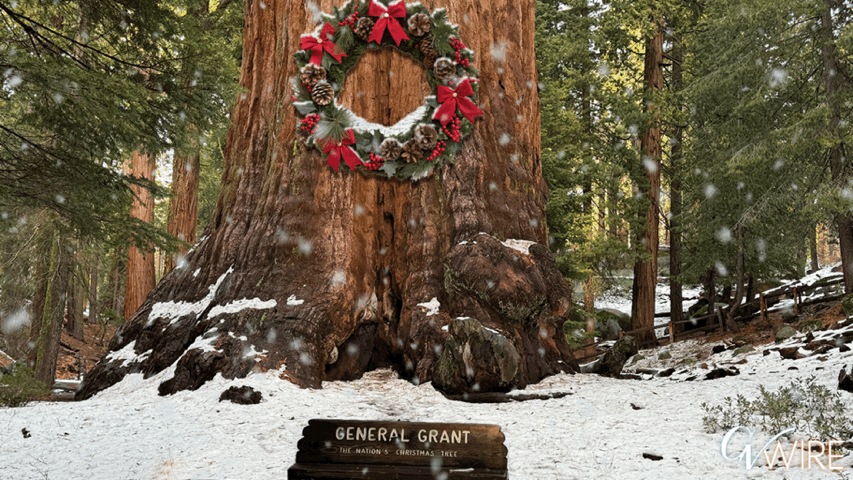Share
Decades of political conflict over the fate of four obsolete dams on the Klamath River reached a turning point last week with a multi-party, two-state “memorandum of understanding” to remove them in hopes of restoring salmon runs.
California Gov. Gavin Newsom, Oregon Gov. Kate Brown, heads of two Indian tribes that depend on the river for sustenance, and an executive of Warren Buffett’s PacificCorp that owns the dams announced agreement on a $450 million removal project.

Dan Walters
Opinion
Once the Federal Energy Regulatory Commission approves, ownership of the dams will pass from PacificCorp to the states and the Klamath River Renewal Corporation for demolition.
If everything goes according to the new plan, which replaces an earlier agreement that didn’t pass federal muster, within a few years, the dams will be gone and much-depleted runs of salmon and other anadromous fish will presumably prosper.
Getting rid of the Klamath River dams, which today generate relatively small amounts of power for PacificCorp, is long overdue.
The dams were built many decades ago by the California Oregon Power Co. (COPCO), a local utility founded in 1911 to supply residents and businesses in the southernmost Oregon counties and the northernmost California counties.
PacificCorp Said It Would Seek License Renewals
COPCO merged with Pacific Power and Light Co., which serves huge swaths of several states in the Pacific Northwest, in 1961. Pacific Power and Light eventually changed its name to PacificCorp and in 2005 was acquired by billionaire Buffett through his Berkshire Hathaway investment company.
Indian tribes who live along the river have long complained about the dams choking off salmon runs, and their complaints finally began to register a couple of decades ago as the dams’ federal licenses neared a 2006 expiration date.
PacificCorp said it would seek license renewals but that appeared to be a political ploy, given the dams’ age and relatively small output. It was fairly obvious that threatening renewal might persuade state and/or federal officials to intervene with demolition money.
Opposition from the tribes and anti-dam environmental groups made removal of the dams a cause célèbre and, in effect, bolstered PacificCorp’s unspoken effort to shed four white elephants. Former Gov. Arnold Schwarzenegger, a close friend of Buffett, fostered efforts to settle the issue and offered a $250 million sweetener. The dams continued to operate on year-to-year license extensions after 2006.
Initially, removal was to cost $1 billion with a three-way financing division. The federal government would put up half of the money and PacificCorp and California’s state government would split the remainder.
Why Should Californians Pay More Than Half of the Costs?
However, Congress balked, in large measure because of opposition from Republican members from California, so a revised plan emerged during Jerry Brown’s governorship — $450 million with California paying $250 million and PacificCorp $200 million – but it also stalled due to conflicts over ownership during the removal project.
The final version announced last week maintains the cost number, but adds a $45 million contingency account to which Oregon will contribute, and settles the ownership issue.
The dams should go because they serve no real purpose, devastate what were once one of the largest salmon fisheries on the West Coast and damage the native peoples who live along its banks.
However, one must ask why California taxpayers should pay more than half the cost, a $250 million chunk of state water bonds whose repayment with interest will double the eventual bite.
PacificCorp had virtually no chance of relicensing the dams, and would have been on the hook for their demolition. Instead, Buffett’s company and its customers in other states get a $250 million gift from California taxpayers.
CalMatters is a public interest journalism venture committed to explaining how California’s state Capitol works and why it matters. For more stories by Dan Walters, go to calmatters.org/commentary.
[activecampaign form=19]


















